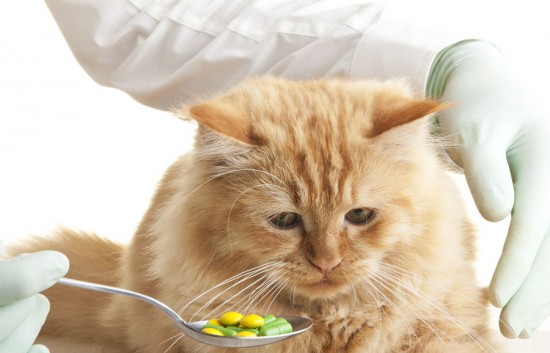

Dogs have survived for thousands of years on meat and the discarded food of humans. Although they appear to be natural carnivores (meat eaters decended from the wolf), there is an ongoing debate that dogs may actually be omnivores (plant and meat eaters). The dog became a domesticated animal approximately 12,000 to 15,000 years ago. Today in the United States alone 67 million households now have a companion dog and that represents a lot of customers for todays dog food industry !
A Short History
The dog food industry began during the mid 1860's in England by an electrican from Ohio named James Spratt. One day he witnessed a pack of dogs waiting to be fed scraps of biscuits in a shipyard. After watching these dogs he formulated an idea to create a dog meal which consisted of wheat meals, vegetables and meat. That idea has developed into the pet food business of today and with over 400 million dogs in the world it is now a multi-billion dollar industry.
Sadly, the pet food industry strayed significantly from the healthy meal originally developed by James Spratt to a controversial and sometimes deadly processing of rendered and sub-standard remains.
More information about the ingredients being put into our pets food has slowly come to the forefront due to numerous pet food recalls and dog food fatalities. Pet owners have become increasingly aware of the ingredients going into their dogs food and now many owners are taking steps to improve their dogs health and nutrition by making their own dog's food.
The Ingredients
It has been suggested that dog food labels are not representing the actual ingredients going into the cans and bags of dog food today. To disguise the use of discarded remains from processed human food the name of the actual ingredients have been changed. They are often referred to as "by-products" and are the remnants of beef, pork, poultry and fishing meats. These ingredients may include:
How It's Put Together
Wet or canned dog food begins with ground up ingredients, including those mentioned above, mixed with additives. Ingredients go into a machine called an extruder which gives the food a meat-like appearance. The mixture is then cooked and canned.
Dry dog food is also put through the extruder but the process requires a dye or mold being used for the shape of the dog food crunchie. After going through the mixing and dye process, additives for taste and nutrients are sprayed on and the crunchies are allowed to dry, puff up and then they're bagged.
Chemical additives in dog food, enhance the taste and appearance however they do not provide any nutritional value and some additives may actually harm your pet. Some additives found in dog food are;
Preservatives are also added to extend the shelf life of commercial dog food. There are two possible carcinogens BHA and BHT which although banned in many countries is still used in the U.S. to preserve fats and oils in food. The preservative Ethoxyquin was originally created to stabilize rubber and is suggested to be a contributer to thyroid, and kidney disease.
The Results
Lacking any substantial nutrition in its ingredients, health problems from dog food include obesity, dental disease, urinary tract disease, kidney disease, heart disease, chronic digestive problems and hyperthroidism.
Many recalls on dog food have also been due to the presence of bacteria, mycotoxins (toxins from mold) and other residual chemicals. The most recent in 2007 is said to be the largest and is still ongoing. This recall was generated from a large number of pets experiencing renal failure. After many tests the additive wheat gluten (a sticky protein additive) in the tainted food was found to contain melamine which is believed to be causing the animals to become ill. Melamine is used in formica, fetilizer, as a fire retardant, in concrete, and as a colorant in inks and plastics.
This recall of 2007 alone generated a lot of mistrust and outrage from the public. Although the pet food industry is currently self regulated, there is a large demand for it to be regulated by the government.
Feeding your dog is so simple. Open a can mix it up a little and put it on the floor. It seems so harmless and yet it may be the worst thing you can do to your dog. Does your dog deserve better? Absolutely, and maybe it's time to rethink how we feed our pets.
 The Life Expectancy Of Epileptic Dogs
The Life Expectan
The Life Expectancy Of Epileptic Dogs
The Life Expectan
 How To Cope With Dogs Suffering With Malassezia Dermatitis
How To Cope With
How To Cope With Dogs Suffering With Malassezia Dermatitis
How To Cope With
 How To Give Your Cat Medicine
How To Give Your
How To Give Your Cat Medicine
How To Give Your
 Mealworms - How To Keep And Breed Them For Your Chickens
Mealworms - How T
Mealworms - How To Keep And Breed Them For Your Chickens
Mealworms - How T
 Is A Greyhound The Right Pet For You?
Is A Greyhound Th
Is A Greyhound The Right Pet For You?
Is A Greyhound Th
Copyright © 2005-2016 Pet Information All Rights Reserved
Contact us: www162date@outlook.com